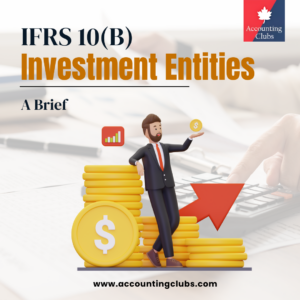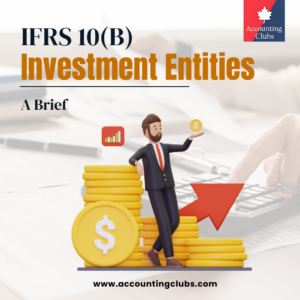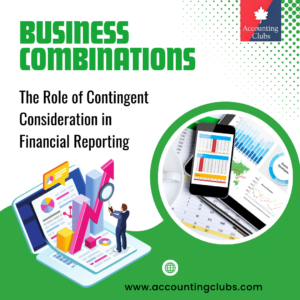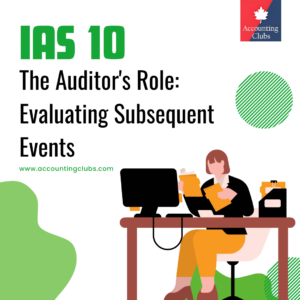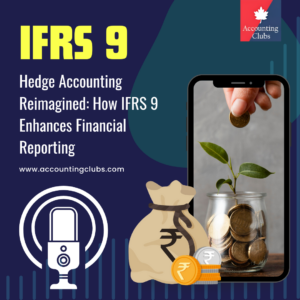Chapter 8: Business combinations in separate financial statements
The acquisition of an investment in a subsidiary, associate or joint venture in an entity’s separate financial statements is not a business combination. The acquirer applies IFRS 3 in its consolidated financial statements where a business combination results in an acquiree becoming a subsidiary of the acquirer. The acquirer, in its separate financial statements, accounts for its interest in the acquiree as an investment in a subsidiary, in accordance with IAS 27.
IFRS 3 is only applicable in an entity’s separate financial statements if: the entity acquires an unincorporated group of assets that meets the definition of a business; or in situations where the accounting acquirer is a business (as opposed to a legal entity), reverse acquisition principles can be applicable in the separate financial statements of the legal acquirer in accordance with IFRS 3.
The financial statements of the legal acquirer is a continuation of the business, that is, accounting acquirer. The pre-acquisition results and comparative financial information of the legal acquirer should be excluded and replaced with those from accounting acquirer.
However, the jurisdiction requirements applying to the legal acquirer may not permit it to restate its pre-acquisition results and comparatives with those of the accounting acquirer.
If this is the case, then it would be appropriate for the pre-acquisition results and comparative financial information of the legal acquirer to remain as previously reported. In these limited circumstances, the approach taken should be explained in the basis of preparation note to the financial statements.

